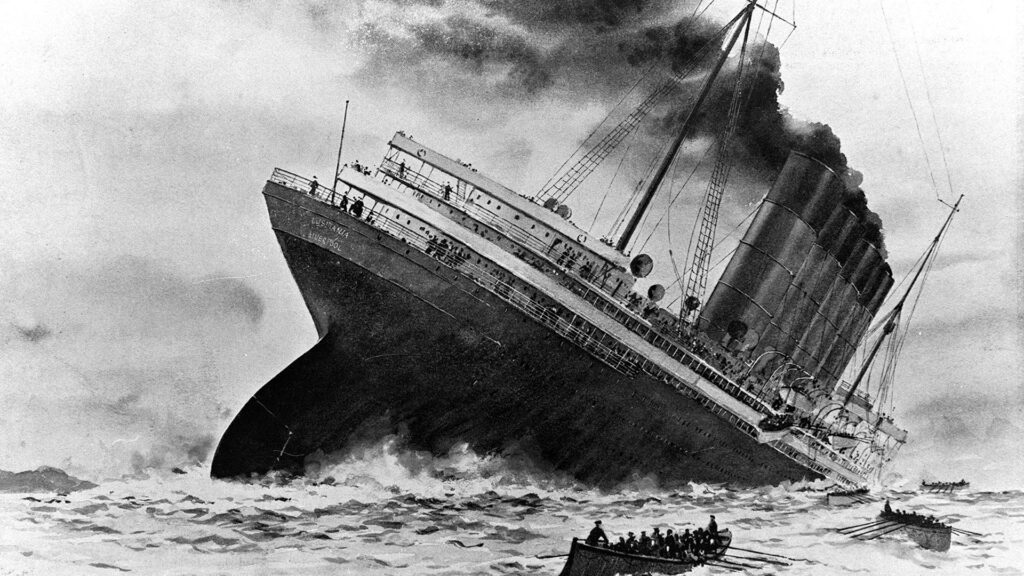Wars have served as the setting for numerous misconceptions and myths throughout history. These myths frequently shape public perception and historical narratives by combining propaganda, historical revisionism, and the fog of war. Debunked and clarified are the ten most persistent myths about famous wars.
1. The Myth of the “Lost Cause”

In the American Civil War The “Lost Cause” myth asserts that the Confederate states fought in the American Civil War not for the preservation of slavery but rather for noble causes like states’ rights. Historians have dispelled this myth, stressing that slavery was the main conflict issue. The legend was propagated by Southern writers after the war and has been used to romanticize the Confederate cause, obscuring the true history and impact of the conflict.
2. The Simplified Myth of the “Pillaging Vikings”

The notion that Vikings pillaged without thinking is a myth. Many Vikings were traders, settlers, and explorers in addition to carrying out violent raids and looting. They laid out complex social orders and were gifted in different specialties and administration. The generalization of Vikings as exclusively uncouth plunderers ignores their commitments to European archaic history and their part in exchange organizations.
3. The Myth of Germany’s “Blitzkrieg’s Invincibility”

In World War II Blitzkrieg, also known as the “lightning war,” was the term used to describe Germany’s rapid and overwhelming military strategies during the conflict. While Lightning war was profoundly compelling in the beginning phases of the conflict, it was not powerful. The idea that it is invincible ignores the fact that these strategies did not always work, especially during the long wars on the Eastern Front and the subsequent Allied counteroffensives.
4. The Myth of the “Tet Offensive as a Defeat for the United States”

The 1968 Tet Offensive is frequently cited as a turning point in the Vietnam War that sunk American morale. The North Vietnamese forces’ offensive was a significant military operation, but it was not a decisive victory. The North Vietnamese suffered significant losses as a result of the offensive being repelled by American and South Vietnamese forces. Notwithstanding, the broad media inclusion of the hostile added to developing enemy of war feeling in the U.S.
5. The Myth of the “Red Baron’s Final Duel”

Many people believe that Manfred von Richthofen, also known as the “Red Baron,” died in a dramatic aerial duel. Truly, his demise on April 21, 1918, was the consequence of various discharges terminated starting from the earliest stage Australian troopers. Despite the fact that his aerial prowess was undeniable, his death was not as glamorous as the legends suggest.
6. The Myth of the “Bay of Pigs Invasion Success”

The 1961 Bay of Pigs Invasion is frequently depicted as a nearly successful operation that was derailed by unanticipated factors. In point of fact, the invasion was a strategic flop from the beginning. The CIA’s plan to overthrow Fidel Castro’s regime was poorly executed and supported, which resulted in a swift defeat for the government of the United States and a significant embarrassment for the country.
7. The Myth of the “Sinking of the Lusitania as a Direct Cause of U.S. Entry into WWI”

While the attack on the RMS Lusitania in 1915 did contribute to growing anti-German sentiment in the United States, President Woodrow Wilson’s decision to enter the war was influenced by multiple factors, including unrestricted submarine warfare and diplomatic pressures, not just the sinking of the Lusitania.
8. The Myth of the “Armada’s Invincibility”

The English navy’s superior tactics and the favorable weather of 1588 are frequently cited as the causes of the Spanish Armada’s defeat. Even though these things played a part, the Armada’s invincibility myth ignores its strategic and logistical flaws. The Spanish fleet’s internal strife, outdated ships, and poor planning all contributed to its failure.
9. The Fantasy of the “Japanese Kamikaze as a Final desperate Attempt”

The kamikaze, or “heavenly breeze,” were Japanese self destruction pilots utilized in the last option phases of The Second Great War. The fantasy recommends that kamikaze assaults were a frantic and last measure by Japan. In fact, in the final years of the war, kamikaze tactics were a part of a larger strategy and were used frequently in Japan’s wartime operations, demonstrating a larger culture of sacrifice and militarism.
10. The Myth of the “Wars of the Roses as a Simple Dynastic Struggle”

In 15th-century England, the Wars of the Roses are frequently portrayed as merely a straightforward dynastic conflict between the Houses of Lancaster and York. In point of fact, the conflicts were intricately connected to issues of political power, regional loyalty, and social upheaval. The conflicts included complex unions, moving loyalties, and more extensive social changes past the basic dynastic contention.
Conclusion
The complex realities and multifaceted nature of historical wars are frequently obscured by myths and misconceptions. We gain a better understanding of history and the forces that shaped our world by dispelling these myths. As we proceed to study and break down authentic occasions, isolating truth from fiction permits us to see the value in the genuine intricacy and meaning of these urgent crossroads ever.



GIPHY App Key not set. Please check settings